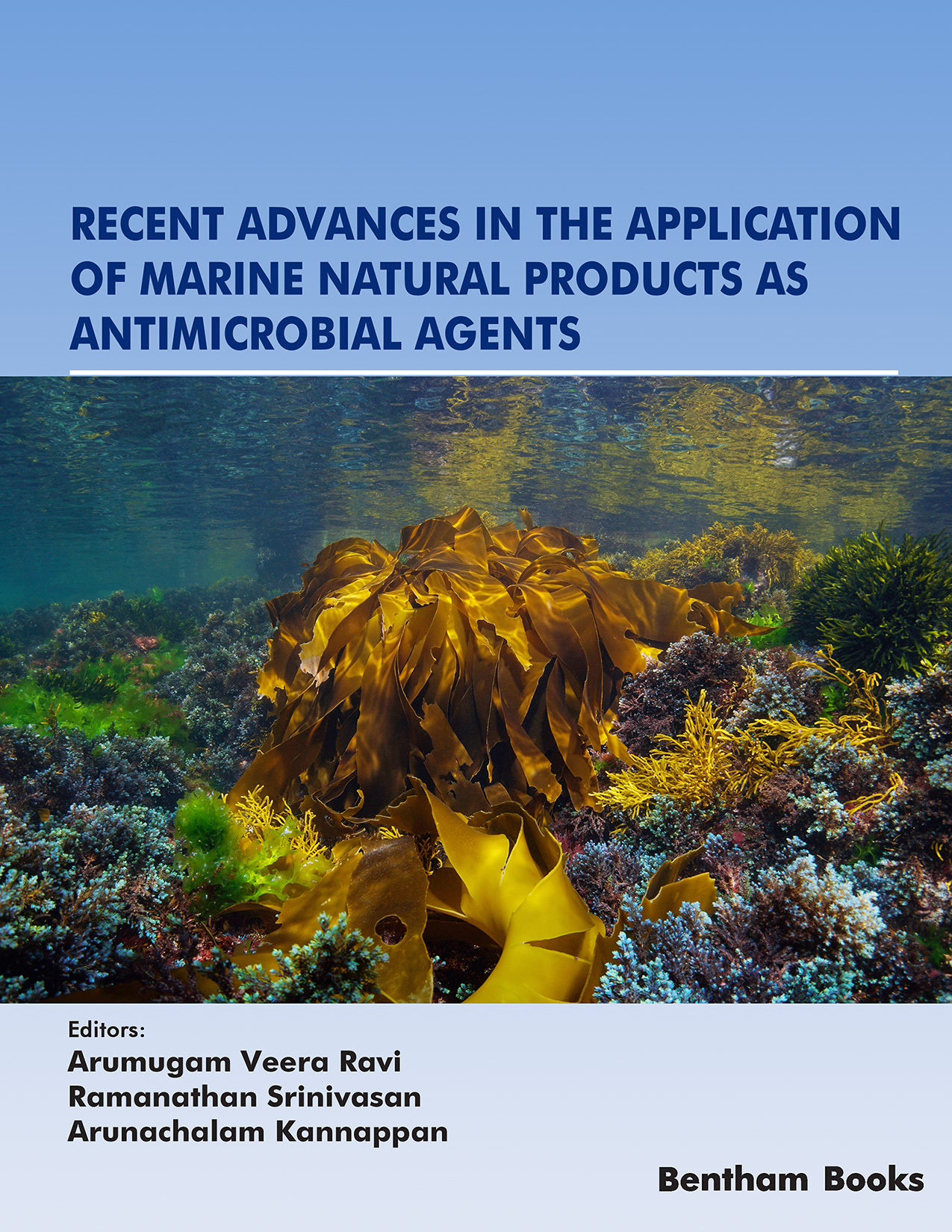The number of new antimicrobials on the market has decreased during the last two decades. On the other hand, harmful pathogenic organisms have acquired a high resistance rate, indicating that current antimicrobials are no longer effective. As a consequence, more effort must be put into discovering and commercialising novel antimicrobial agents. Despite significant advances in chemical synthesis and engineering biosynthesis of antimicrobial agents, nature remains the most versatile and the richest source for finding new antimicrobial agents.
The marine environment is a rich central hub, filled with a diverse array of animals, plants, and microorganisms. Therefore, the exploration of marine resources properly may lead to the discovery of novel bioactive compounds that could lead to breakthrough treatments for various human ailments. Several bioactive compounds from the marine environment are now in various stages of development, indicating that marine natural products may be used as a source of novel therapeutic compounds. Furthermore, a rising number of compounds derived from marine environments are undergoing clinical trials, indicating that this field's influence on the health industry is intensifying. As a result, this book aims to provide in-depth information about natural bioactive compounds that have been discovered as novel antimicrobial agents in different marine habitats. This book is a valuable instrument for both beginners and experts in the field of natural product science, marine microbiology and biotechnology.
This book is divided into seventeen chapters. The 1
st chapter gives a brief overview of the significance of antimicrobial drug development. It describes various discovery platforms, ranging from target-based discovery to current innovative strategies and the difficulties associated with each platform. The 2
nd chapter briefly discusses the importance of marine natural product research in discovering structurally distinct and effective antimicrobial agents. With appropriate evidence from the past, chapters 3, 4, and 5 details the possibility of employing microorganisms, bacteria, bacterial viruses, and cyanobacteria as natural antimicrobial agents from the marine environment.
Chapter 6 describes the usage of marine algae as a source of novel antimicrobials in various applications. In Chapter 7, the antimicrobial activity of mangrove extracts and their metabolites against several multidrug-resistant pathogens is extensively addressed. The patenting of natural bioactive compounds obtained from mangroves is also discussed in this chapter. Chapter 8 describes the chemistry and antimicrobial activity of bioactive compounds from several species of sponges.
Apart from marine bioactive compounds, bioactive components/substances from marine habitats, such as antimicrobial peptides, biosurfactants, and polysaccharides, have been investigated thoroughly for their various therapeutic potentials. Chapter 9 highlights the need to establish a focused development strategy to accelerate the progress of marine antimicrobial peptides and their potential use in microbial infection control. In addition, Chapter 10 discusses the inhibitory potential of antimicrobial peptides derived from diverse marine invertebrates against a wide range of pathogenic organisms. Chapters 11 and 12, respectively, discuss the extraction of biosurfactants and polysaccharides from different marine sources and the molecular mechanisms underlying their antimicrobial properties.
The rise of antimicrobial drug resistance and the difficulties associated, including its discovery, has led to the development of alternative therapeutic interventions. As a result, several approaches have been developed. Chapters 13, 14 and 15, among the various therapies and approaches, emphasise the promise of synthetic drug discovery, combinatorial therapy, and nanomedicine to develop novel and effective antimicrobial drugs from various marine habitats, respectively.
Thousands of studies on the antimicrobial properties of marine natural products and extracts derived from marine organisms have been published. Still, there seems to be minimal information accessible on marine natural product clinical trials and patents. Therefore, chapters 16 and 17 intensely update on recent clinical trials and patents involving the various therapeutic potentials of marine natural compounds, with a special emphasis on antimicrobial properties.
We appreciate and acknowledge the technical assistance and support provided by the Bentham Books publishing team. We would like to express our gratitude to all of the authors who generously contributed to this book and everyone who helped us bring it to reality, including our family, friends, and colleagues. Finally, we would like to express our gratitude to Almighty God for providing all the inspiration, good thoughts, insights, and pathways necessary to accomplish this book project.
We welcome readers' suggestions and comments for future improvements.
Arumugam Veera Ravi
Department of Biotechnology
Alagappa University
Karaikudi, Tamil Nadu, India
Ramanathan Srinivasan
Centre for Materials Engineering and Regenerative Medicine
Bharath Institute of Higher Education and Research
Chennai, Tamil Nadu, India
&
Arunachalam Kannappan
Department of Food Science and Technology
Shanghai Jiao Tong University
Shanghai, China

